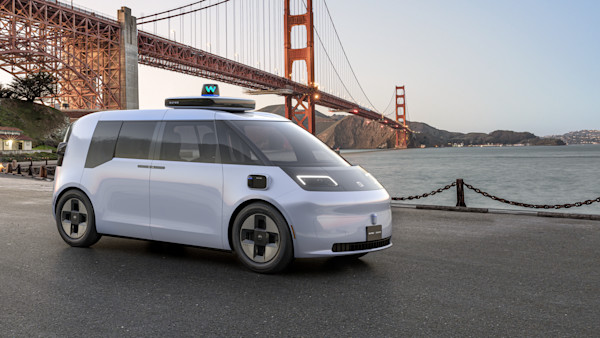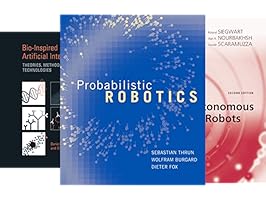Global Impact
🎓 Revolutionizing Education
Through Udacity, Sebastian has made quality education accessible to millions worldwide, offering nanodegrees in cutting-edge fields like AI, self-driving cars, and data science. His vision of democratizing education has empowered students across 190+ countries.
🚗 Pioneering Autonomous Vehicles
Thrun's work on self-driving cars has laid the foundation for an entire industry. From winning DARPA challenges to leading Google's autonomous vehicle project (now known as Waymo), he has been at the forefront of making autonomous transportation a reality.
🤖 Advancing Artificial Intelligence
His contributions to probabilistic robotics, machine learning, and AI have influenced thousands of researchers and shaped the development of modern robotics. His textbook "Probabilistic Robotics" remains a cornerstone of the field.
✈️ Future of Transportation
As founder of Kitty Hawk Corporation, Thrun is working to make flying cars a reality, envisioning a future where personal air transportation becomes as common as driving.
"Nobody phrases it this way, but I think that artificial intelligence is almost a humanities discipline. It's really an attempt to understand human intelligence and human cognition. We can learn so much about ourselves."
🌟 Legacy
Sebastian Thrun's influence extends far beyond his inventions and companies. He has inspired a generation of engineers, entrepreneurs, and educators to think boldly about the future. His belief that technology can solve humanity's greatest challenges continues to drive innovation worldwide.




/Kitty%20Hawk%20Flyer/Press-Desktop.jpg?w=600)
